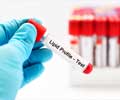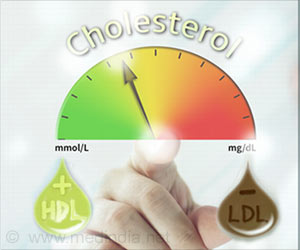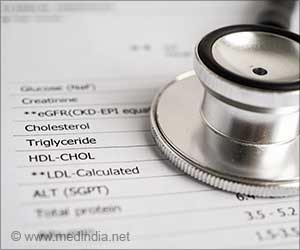Excessive consumption of fat-rich Western diet blamed as a major risk factor for surge in cardiovascular disease, type 2 diabetes and obesity in the developed nations.

For biomedical investigators, the enduring question has been why saturated and unsaturated fatty acids produce such diametrically opposed health effects. Now, in a paper published in the September 30 issue of the journal Cell, researchers at the University of California San Diego School of Medicine and colleagues offer an explanation, and a framework that could lead to dietary supplements designed to treat obesity at the molecular level.
"These findings not only explain the long-standing enigma regarding the differential health effects of saturated and unsaturated fatty acids," said senior author Michael Karin, PhD, Distinguished Professor of Pharmacology in UC San Diego's Laboratory of Gene Regulation and Signal Transduction, "they also provide improved tools and a mechanistic framework for the potential development of dietary supplements to treat obesity, estimated to be worth billions of dollars per year."
Senior author Karin, first author Ryan G. Holzer, PhD, formerly a graduate student in Karin's lab and now at the Mayo Clinic, and colleagues began with the observation that saturated fatty acids, such as palmitic acid, are potent activators of Jun kinases (JNK), key regulatory molecules implicated in the development of type 2 diabetes, insulin resistance, obesity and atherosclerosis. However, unsaturated fatty acids such as palmitoleic acid (POA) and eicosapentaenoic acid (EPA) not only do not activate JNK, but actually block JNK activation by palmitic acid.
Palmitic acid and POA differ in molecular structure by the presence of a single unsaturated bond (the absence of two hydrogen atoms) in POA. Cellular membrane fluidity is decreased upon incorporation of saturated fatty acids, which possess rigid hydrocarbon tails, but increased by the incorporation of unsaturated fatty acids with "bent" hydrocarbon tails.
Postulating that the membrane is the only cellular structure that can discriminate between all of these fatty acids, the scientists searched for membrane-associated protein kinases that could account for the differential effects on JNK activity. They ultimately identified c-Src, a membrane-associated tyrosine kinase, as the molecule responsible for activation of JNK by palmitic acid and other saturated fatty acids. They also discovered that saturated fatty acids "push" c-Src into membrane sub-domains of reduced fluidity and increased rigidity, where it accumulates in an activated form that eventually leads to JNK activation.
Advertisement
Most of the research was conducted using cultured cells (fibroblasts) treated with individual or combined fatty acids, but the scientists also fed mice a high-fat diet (in which 60 percent of the calories were fat-derived) and reported similar c-Src accumulation within membrane subdomains of increased rigidity and JNK activation.
Advertisement
Source-Newswise












